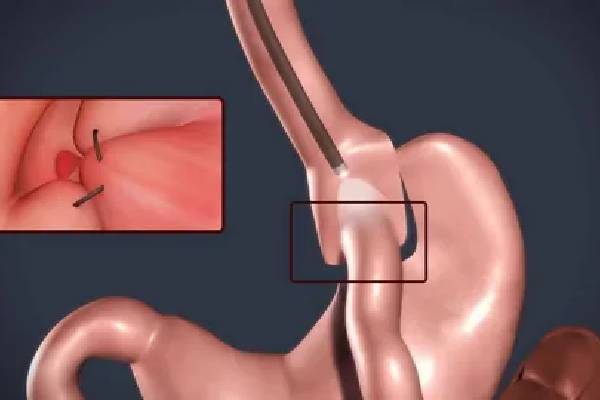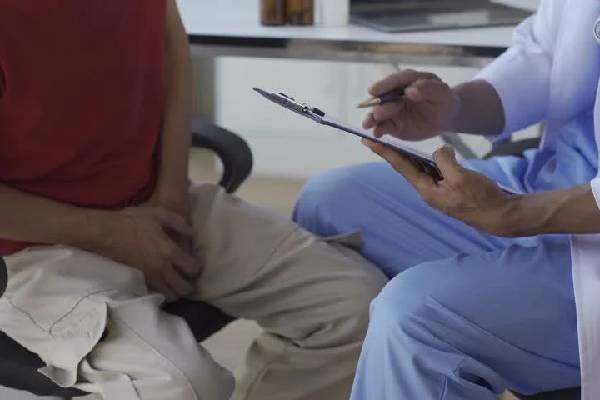Transporting an oxygen concentrator for home use can be a bit daunting, especially if you’re new to using this life-saving equipment. Whether you’re moving to a new residence, traveling, or simply need to relocate the device within your home, knowing how to handle and transport an oxygen concentrator is crucial. In this blog, we will explore the best practices for transporting an oxygen concentrator, ensuring it remains in optimal condition and functions properly. You’ll also learn how Inogen concentrators, a popular brand in this field, can be transported with ease.
Understanding Your Oxygen Concentrator for Home
Before diving into the specifics of transporting your oxygen concentrator for home, it’s essential to understand the device itself. Oxygen concentrators are machines that filter and concentrate oxygen from the surrounding air, providing a continuous supply of oxygen to those who need it. These devices are critical for individuals with respiratory conditions, making it all the more important to handle them with care during transport.
What Makes Inogen Concentrators Special?
Inogen is a well-known brand that offers portable and stationary oxygen concentrators. These devices are designed to be lightweight and easy to transport, making them ideal for both home use and travel. Understanding the specific features of Inogen concentrators can help you better prepare for their transport.
Preparing to Transport an Oxygen Concentrator for Home
Proper preparation is key to ensuring that your oxygen concentrator for home remains safe and functional during transport. Here are the steps you should follow:
Check the Manufacturer’s Guidelines
Before transporting your concentrator, refer to the user manual or the manufacturer’s website for any specific guidelines. This is particularly important for Inogen concentrators, as they may have unique instructions regarding handling and transport.
Power Down and Disconnect
Ensure the device is powered off and unplugged from any power source. Disconnect any additional components, such as tubing or masks, to prevent damage during transport.
Secure the Device
Place the oxygen concentrator in its original packaging or a secure, padded bag. For Inogen concentrators, consider using the carry case provided by the manufacturer, which is designed to protect the device during transport.
Transporting Inogen and Other Oxygen Concentrators
Once you’ve prepared your oxygen concentrator for home transport, it’s time to consider the mode of transportation. Whether you’re moving it across the room, to another house, or even across the country, the following guidelines will help you ensure a safe journey for your device.
Transporting by Car
If you’re transporting the oxygen concentrator by car, make sure it’s placed on a flat surface, such as the car seat or trunk. Use seat belts or other securing methods to prevent the device from shifting during the drive. Inogen concentrators, being compact and lightweight, are especially easy to transport by car. However, always ensure the device is upright and stable to avoid damage.
Tips for Long-Distance Travel
For long-distance car travel, plan to make regular stops to check on the oxygen concentrator. Ensure it remains secure and that there’s no overheating, especially if you’re traveling during hot weather.
Transporting by Airplane
Air travel with an oxygen concentrator requires a bit more planning. Most airlines allow portable oxygen concentrators, such as Inogen, but you’ll need to inform the airline in advance. Additionally, make sure you have enough battery power for the duration of your flight, as well as extra batteries if needed.
Navigating Airport Security
When going through airport security, be prepared to explain the device to security personnel. Inogen concentrators are generally recognized by airport staff, but it’s helpful to have documentation from your doctor or the manufacturer handy.
Moving Within Your Home
If you need to move your oxygen concentrator from one room to another, ensure the pathway is clear of obstacles. For Inogen portable models, this process is quite simple thanks to their lightweight design and convenient carry handles.
Maintaining Your Oxygen Concentrator for Home After Transport
After transporting your oxygen concentrator, it’s important to perform a few checks to ensure it’s still functioning properly. Here’s what you should do:
Inspect for Damage
Carefully inspect the device for any visible signs of damage, such as cracks or loose parts. This is especially important for Inogen concentrators, which rely on sensitive internal components.
Reconnect and Test
Reconnect any tubing or accessories and power on the device. Allow it to run for a few minutes to ensure it’s operating normally. If you notice any issues, refer to the user manual or contact the manufacturer for assistance.
Regular Maintenance
Transporting an oxygen concentrator can sometimes lead to a need for maintenance. Ensure filters are clean, and all parts are securely attached. Inogen concentrators often come with user-friendly maintenance features, making this process easier.
Conclusion
Transporting an oxygen concentrator for home use doesn’t have to be a stressful experience. By following the proper guidelines and understanding the specific needs of your device, you can ensure a smooth and safe transport, whether you’re moving across town or just to the next room. Inogen concentrators, with their user-friendly design, make this process even easier, providing peace of mind for users and caregivers alike.







Leave a comment
Your email address will not be published. Required fields are marked *